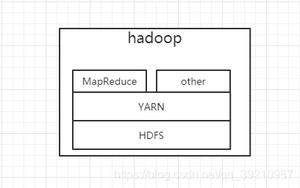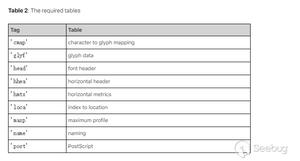在 Python 中将一个 Hermite_e 系列添加到另一个系列
要将一个 Hermite_e 系列添加到另一个系列,请使用多项式。Python Numpy 中的方法。该方法返回一个数组,表示它们总和的 Hermite_e 系列。返回两个 Hermite_e 系列 c1 + c2 的总和。参数是从最低阶项到最高阶的系数序列,即[1,2,3] 表示序列P_0 + 2*P_1 + 3*P_2。参数 c1 和 c2 是从低到高排序的 Hermite_e 系列系数的一维数组。hermite.heremadd()
脚步
首先,导入所需的库 -
import numpy as npfromnumpy.polynomialimport hermite_e as H
创建 Hermite_e 系列系数的一维数组 -
c1 = np.array([1,2,3])c2 = np.array([3,2,1])
显示系数数组 -
print("Array1...\n",c1)print("\nArray2...\n",c2)
显示数据类型 -
print("\nArray1 datatype...\n",c1.dtype)print("\nArray2 datatype...\n",c2.dtype)
检查两个阵列的尺寸 -
print("\nDimensions of Array1...\n",c1.ndim)print("\nDimensions of Array2...\n",c2.ndim)
检查两个阵列的形状 -
print("\nShape of Array1...\n",c1.shape)print("\nShape of Array2...\n",c2.shape)
要将一个 Hermite_e 系列添加到另一个系列,请使用多项式。Python Numpy 中的方法 -hermite.heremadd()
print("\nResult (sum)....\n",H.hermeadd(c1, c2))示例
import numpy as np输出结果fromnumpy.polynomialimport hermite_e as H
#创建 Hermite_e 系列系数的一维数组
c1 = np.array([1,2,3])
c2 = np.array([3,2,1])
#显示系数数组
print("Array1...\n",c1)
print("\nArray2...\n",c2)
#显示数据类型
print("\nArray1 datatype...\n",c1.dtype)
print("\nArray2 datatype...\n",c2.dtype)
#检查两个数组的尺寸
print("\nDimensions of Array1...\n",c1.ndim)
print("\nDimensions of Array2...\n",c2.ndim)
#检查两个数组的形状
print("\nShape of Array1...\n",c1.shape)
print("\nShape of Array2...\n",c2.shape)
#要将一个 Hermite_e 系列添加到另一个系列,请使用 Python Numpy 中的 polynomial.hermite.heremadd() 方法
print("\nResult (sum)....\n",H.hermeadd(c1, c2))
Array1...[1 2 3]
Array2...
[3 2 1]
Array1 datatype...
int64
Array2 datatype...
int64
Dimensions of Array1...
1
Dimensions of Array2...
1
Shape of Array1...
(3,)
Shape of Array2...
(3,)
Result (sum)....
[4. 4. 4.]
以上是 在 Python 中将一个 Hermite_e 系列添加到另一个系列 的全部内容, 来源链接: utcz.com/z/297351.html






